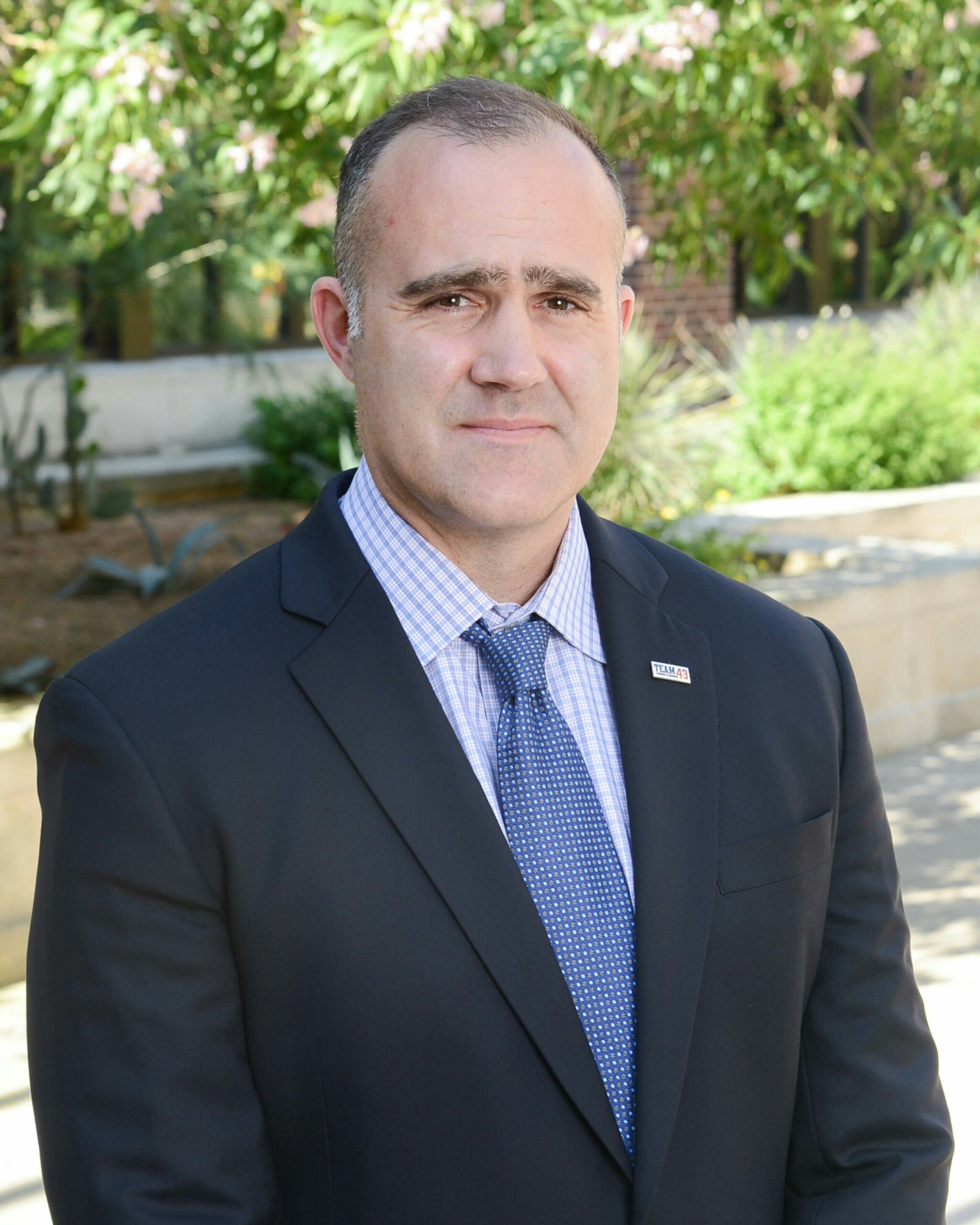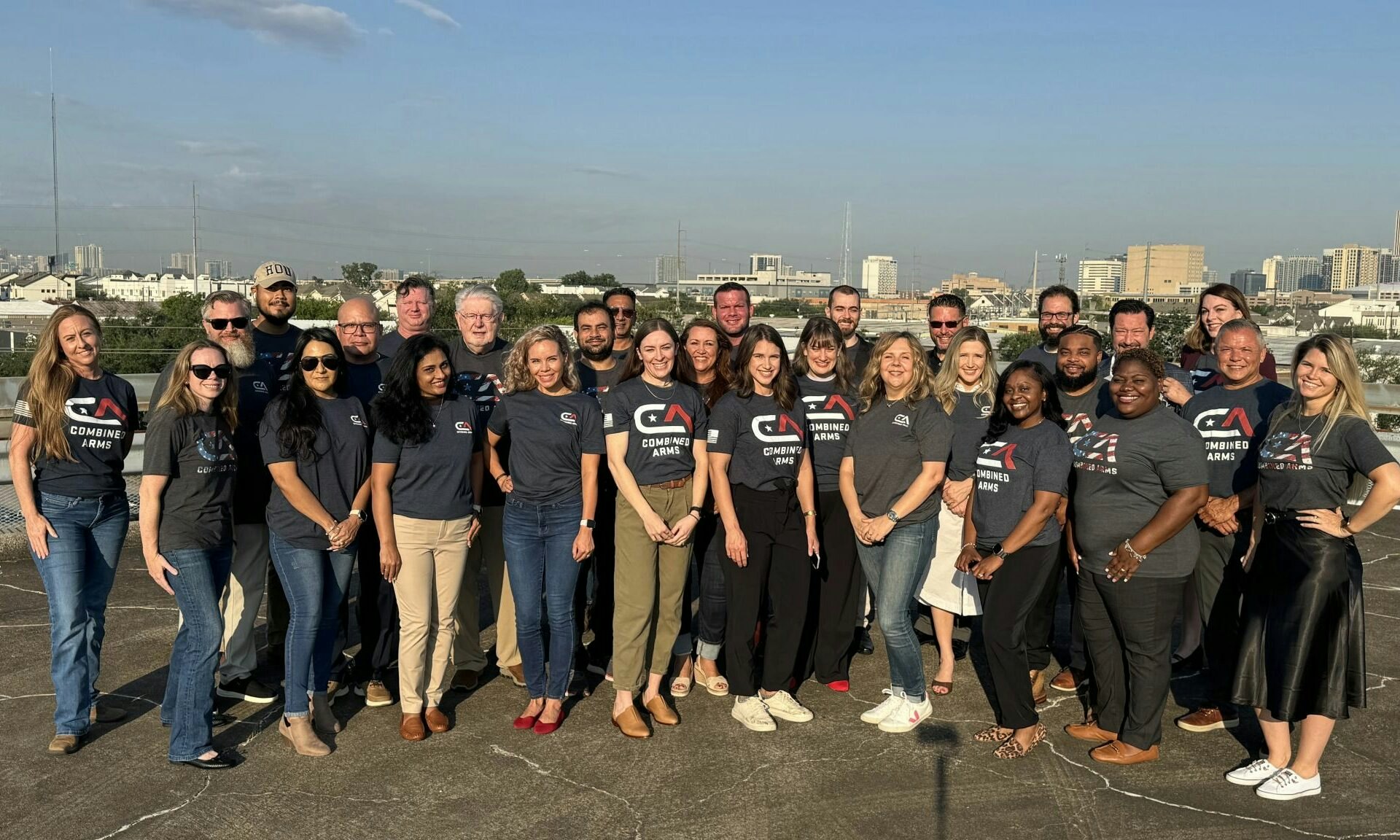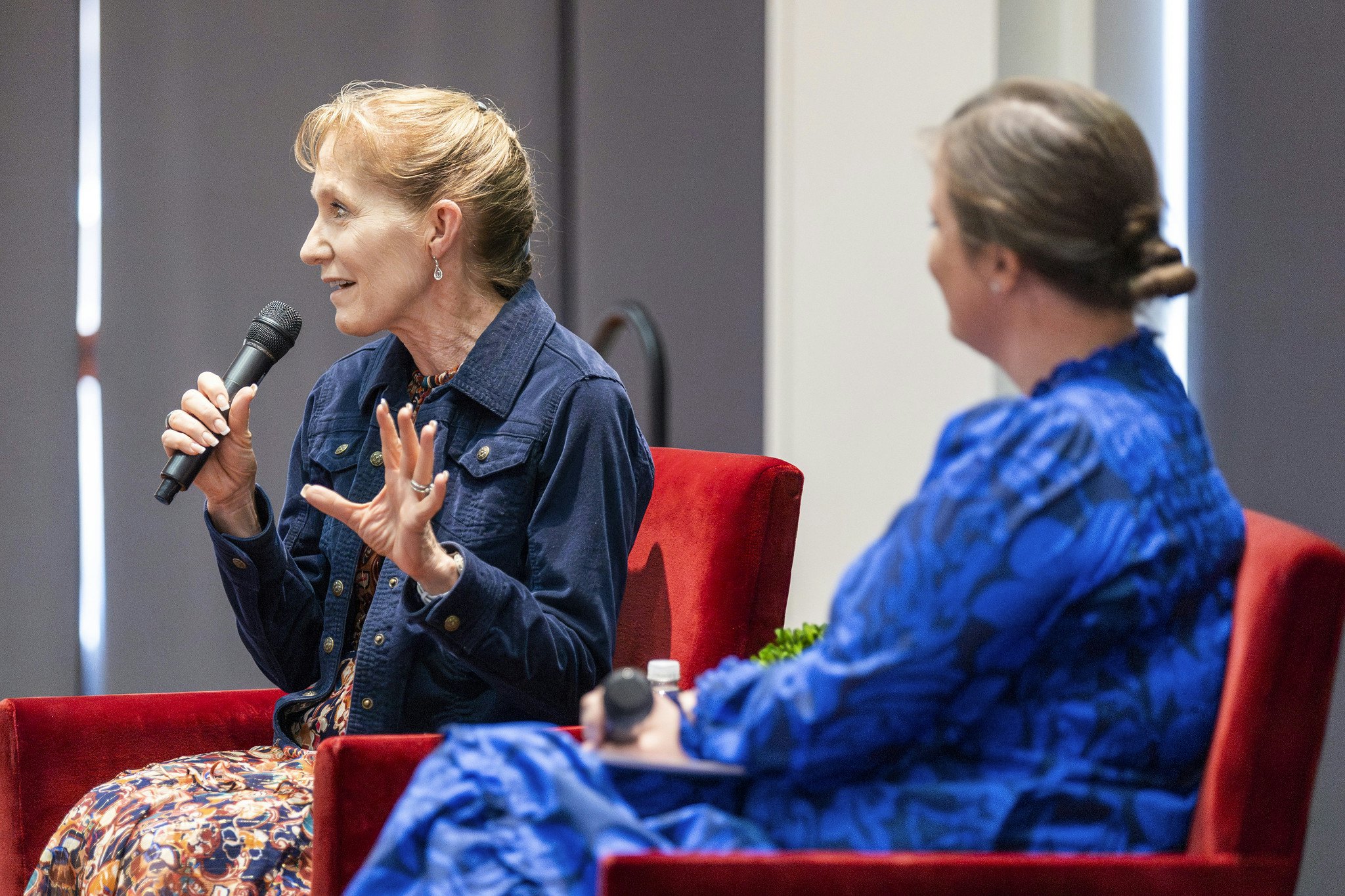Veteran unemployment hit an all-time low in 2018, but our work in 2019 is not done. Col. Matthew Amidon explains how companies can now focus on sustaining this low rate.
A 2018 Bureau of Labor and Statistics report indicated that veteran unemployment hit an all-time low of 3.8 percent. This should not be surprising. For almost a decade many of America’s employers and veteran service organizations stepped forward with the mission to hire transitioning servicemembers, veterans, and their families. It’s not just the right thing to do, it’s the smart thing for business as studies show that 59 percent of employers reported that veterans perform “better than” or “much better than” their non-veteran peers. And experience, perseverance, and leadership top the list of desirable qualities that employers find attractive in veterans.
But as we celebrate this achievement, we need to be wary of inaccurate assumptions and we need to continue focusing our efforts on veteran employment.
The unemployment rate is certainly one indicator, but it alone is insufficient in addressing our warriors’ career interests, opportunities, and challenges. The number is derived from a questionnaire the Bureau of Labor Statistics sends out. However, the question is not specific in nature. Meaning a veteran could work a full-time job or it could mean they only work 10 hours a week or are a reservist and don’t have a civilian career. Finally, not counted are those who have just given up in trying to find work.
We need a more meaningful way to measure veteran unemployment. This will provide a better picture of veterans who may need help transitioning from military-to-civilian life or feel unfilled in their current role. For example, a 2016 Hiring Our Heroes study found that 44 percent of veterans leave their first post-military job within the first year.
Part of the explanation is simple, veterans are not feeling fulfilled in their careers or workplace and are working in a position below their skill level. Reports indicate that 15.6 percent of veterans are more likely to be underemployed than civilians.
Businesses have the power to change these statistics. As a starting point, organizations can:
- Consider joining the U.S Chamber Hiring our Heroes team and their nationwide effort to connect veterans, service members, and military spouses with meaningful employment opportunities
- Join the Veterans Jobs Mission and get to know their employer resources to develop employment start up guides and mentorship frameworks, all necessary to leverage veteran talent
- Organizations like Hire Heroes USA work to transform military service into civilian successes through personalized career preparation alongside resources for interested employers
Corporations also need to have a mature veteran hiring process which includes onboarding and retention. To help mitigate misunderstandings and biases that may occur in the workforce, companies can do a better job of leveraging veteran talent through employee resource groups. Businesses should also consider implementing mentorship programs that help veterans understand the importance of establishing their value and “professional brand,” while also supporting and maintaining their team focus.
The unemployment number of 3.8 percent is a result of the commitment of our nation to our veterans and the acknowledgement of the tremendous leadership and skill sets they provide. This number should be celebrated, but our mission is not complete. Sustainment should now be the focus with our sights set on meaningful career pathways for veterans and their families. When we fully leverage their continued leadership, we all benefit.































